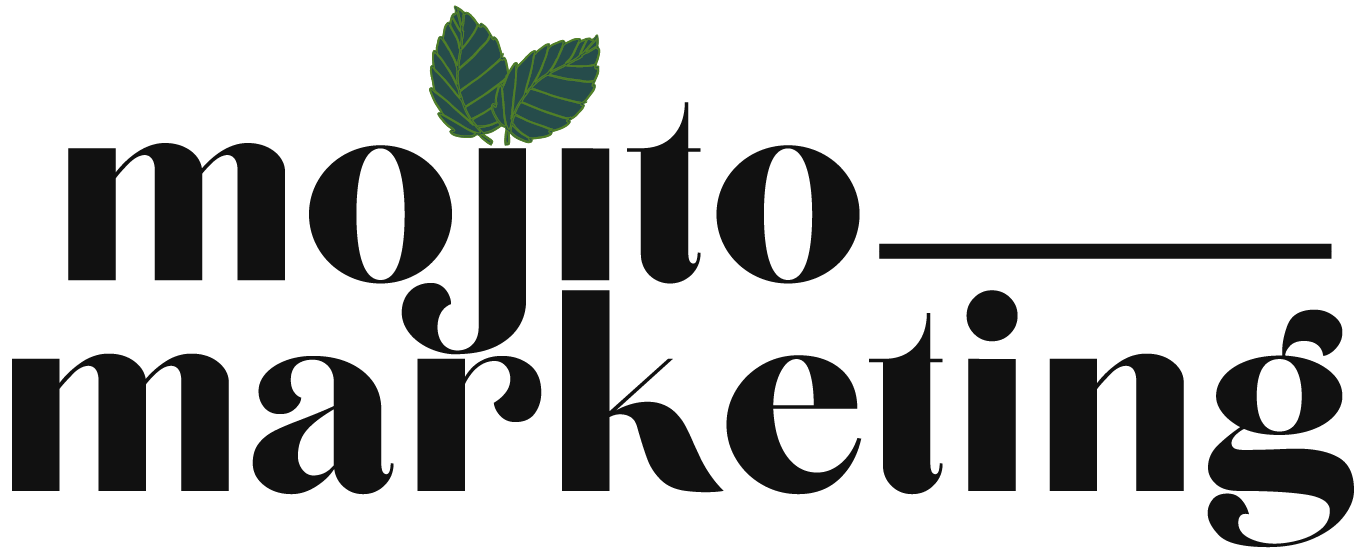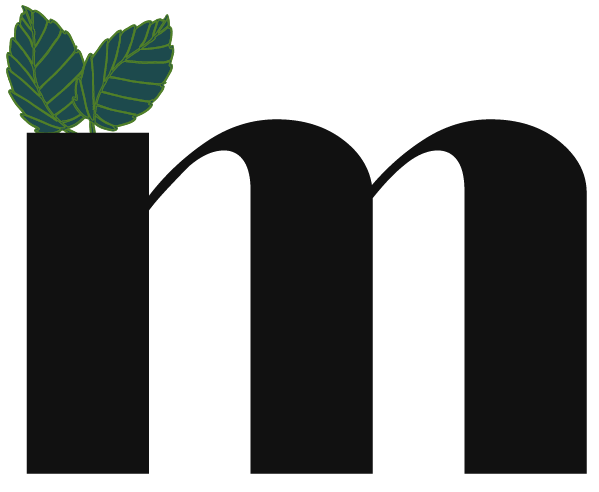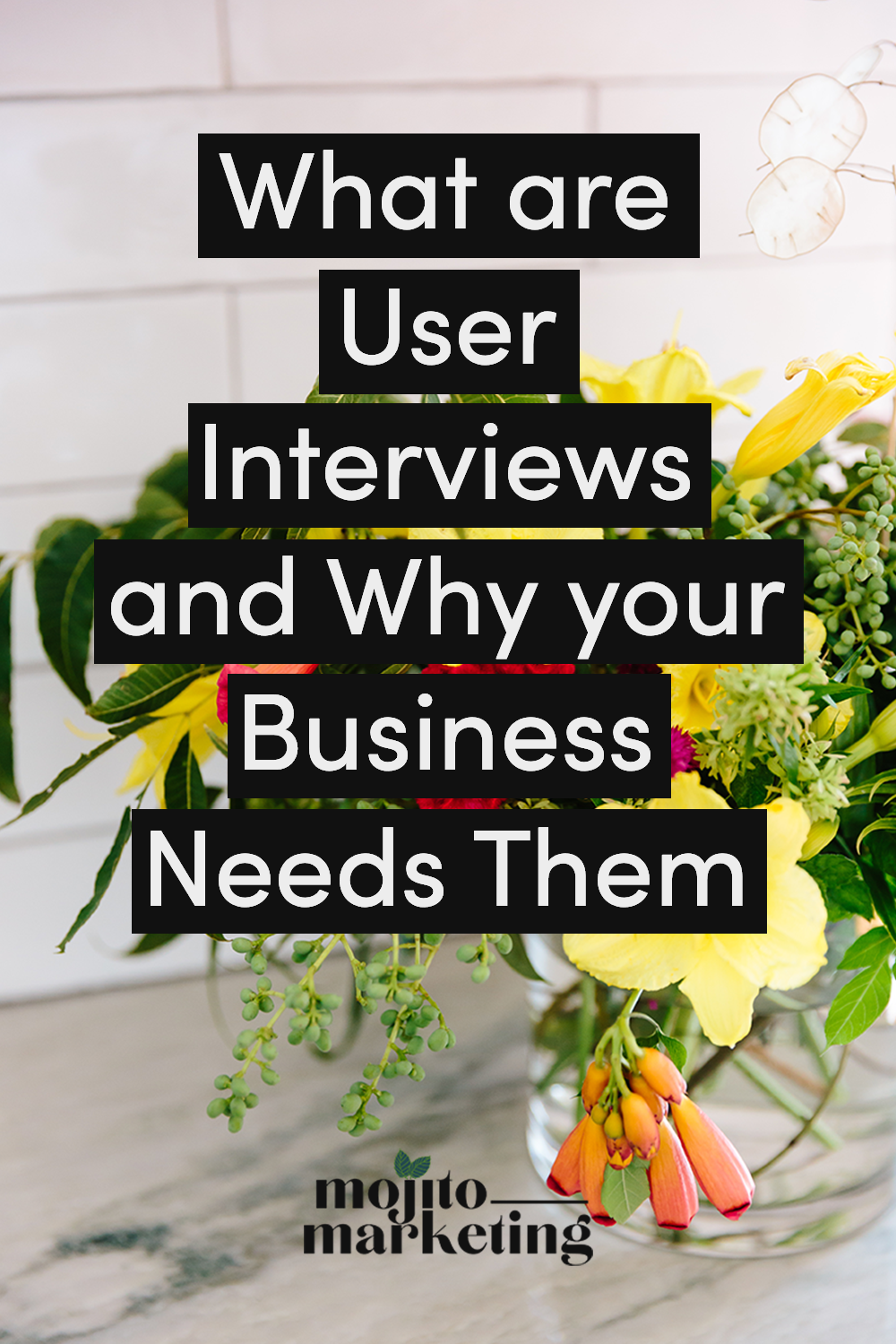What are User Interviews and Why your Business Needs Them
You’re staring at your screen contemplating another marketing strategy. Maybe Google Ads will flip the switch and your business will start printing money like Charmin prints toilet paper. Or perhaps you need to ramp up your SEO strategy with daily blogs. Or even still, starting a podcast could be the right move for you.
All you know is that nothing has really been working and it’s beyond time to make some meaningful changes in our business. You’re ready to do some big things but wish you could find a way to figure out if it works before investing your time in one more thing. Of course there isn’t a magical way to figure out if a marketing strategy works or if your audience actually wants that big fancy thing you’re considering building before you start, right?
Wrong! There is a way to figure out if Google Ads, that membership you’re dreaming of, or the price increase on your services are doable before you get started. It’s called talking to your audience by incorporating a user experience (UX) tool into your business that’s designed to gather data from your audience, a user interview. What are user interviews? They’re opportunities for you (and your team) to talk 1:1 with your target audience to find out what it is they need, how they relate to your business, and what (if anything) turns them away from working with you.
Sounds like magic, right? Used properly, user interviews can be the sturdiest building blocks of your business. Anytime you replace educated guesses with verifiable data you’re leveling up and with user interviews, you’re leveling all the way up.
What are User Interviews?
User interviews are a UX method that allows you to get information about the problems your audience are having via an intentional, carefully crafted conversation. They aren’t hopping on a Zoom and spending a few minutes asking if someone likes this or that. User interviews involve preparation, a hypothesis, a script, and vigilant note taking. The payoff is that you end up with quotable statements and insights from your audience that you wouldn’t get with traditional market research or micro conversations in the DMs.
Why Do you Need User Interviews?
User interviews are needed when you’re anticipating making changes in your business. If you’re considering adding a new product, adopting a price change, or rebranding your website, a user interview is your best opportunity to build something that works best for your current and future clients. You are the least important person in your marketing strategy (sorry!) because it’s not meant to attract you. If you’re developing something that needs to pull someone else in you’re doing the both of you a disservice if you don’t talk to them first.
When to Incorporate User Interviews in your Business
Making user interviews a priority in your business processes doesn’t mean slowing down innovation and change for constant user interviews. Yes, they’re helpful and if you grow your business to have a dedicated UX team they’ll be an invaluable resource, but in the meantime here are five scenarios where a round (or two) of user interviews will help you make the best decisions.
You want to learn about your audience’s current problems
Learning about your audience is an ongoing process. It’s something you’ll do when you develop your brand, when you’re starting the research process for introducing new products or offers, and when you’re checking in on the success of current offers.
I always suggest building regular surveys into your evergreen marketing process, specifically your welcome sequence but incorporating regular user interviews to continuously check the pulse of your audience so you can consistently meet their needs. For example, if you start marketing on a new channel and the audience you’re attracting is no longer your target client, a user interview can help you identify this before it gets too far out of hand. Without it you may find yourself guessing and wondering if this is the cause. If you instead just talk to those new audience members, you’ll quickly recognize they aren’t the right fit and it’s time to end that marketing strategy.
You want to launch a new offer for your business
Have you ever launched a new offer and a smaller response than anticipated? It could be a marketing issue but the issue also may be a little larger. You may have built a product without figuring out if your audience even wanted it first. Building products without testing can result in zero sales but also lots of wasted time and money. Time and money that you could have spent building something that moves the needle forward in your business and creates transformations for your audience.
Before planning out modules, recording videos, and budgeting for ad buys talk to your people. Use the user interview to figure out if there’s demand for what you’re planning to build before you start implementing it.
You want feedback on an existing offer
User interviews aren’t just for making sure your new offers are relevant but also for improving existing offers. If you find a lot of your membership audience is churning, conduct a round of user interviews with outgoing customers to understand what’s motivating them to leave. You can also look at the people who do stay in the membership and determine their commonalities and differences. Did the people who leave not know of a key feature or were they just not a fit? This type of user interview can make a big difference in maintaining your products and offers to keep them current.
You’re considering changes to your pricing
Increasing costs or changing your offer can affect the loyalty of your existing customers, and prevent prospective customers from signing up if they fail to see the value. Before changing your pricing, a user interview combined with a usability test is a good way to identify if you’ve hit the mark with your pricing. A usability test is an opportunity to test out a product or content with your audience so in this case testing out a sales page where you demonstrate the full value of your offer and include your proposed price.
If the pricing feels off to your interviewees, first, identify that you’ve found your target audience and then work with them to help you identify the benefits and features that mean the most to them. Once you’ve found those benefits and features, highlight them in your content moving forward.
You want to overhaul your marketing strategy or rebrand your business
When you identify that you want to go after a new target client or streamline your business, you often need to go through a large revamping of how you show up externally. These changes are often needed but don’t make them without checking in with the people you’re supposed to reach. Find where your audience hangs out before you commit to a new marketing channel like Google Ads, Pinterest, YouTube, TikTok, or direct mail.
Similarly, if you’re diving deep into a new look and feel for your brand, user interviews are a good gut check to make sure you’re still connecting with your target audience.
Conclusion
At best, user interviews are a gut check to make sure you’re on the right track and staying connected to your audience’s needs and wants. Other times, user interviews are going to save you from months of work and money creating things that don’t work for your audience. Consider user interviews a litmus test for your business to see if you’re on target or need to back it up and start from scratch.
A little busy? Pin this and save it for later!




